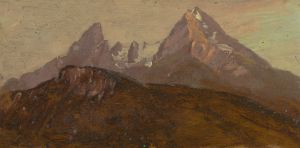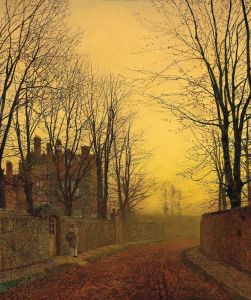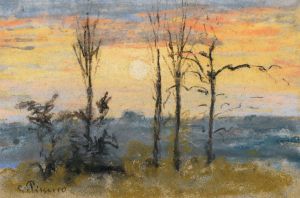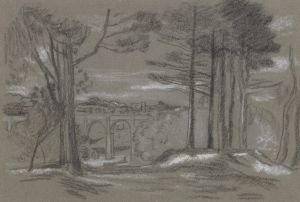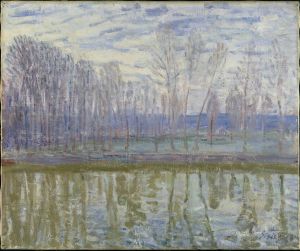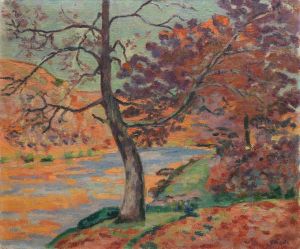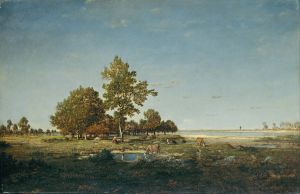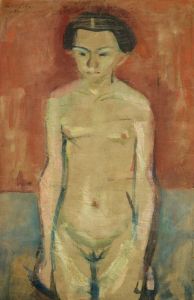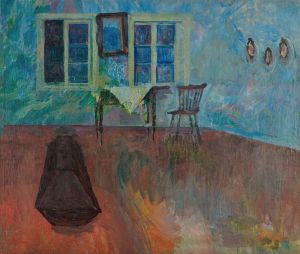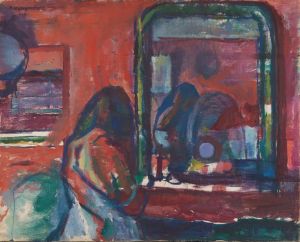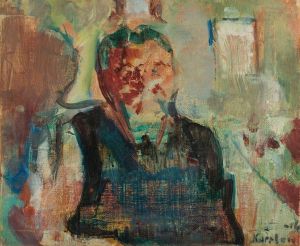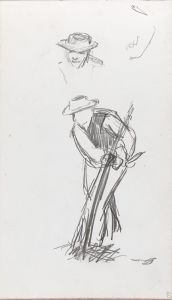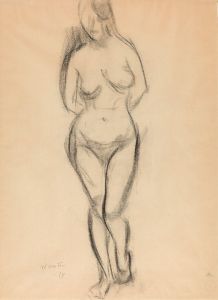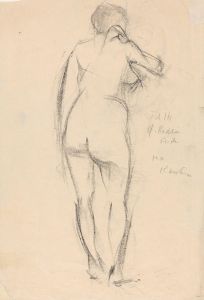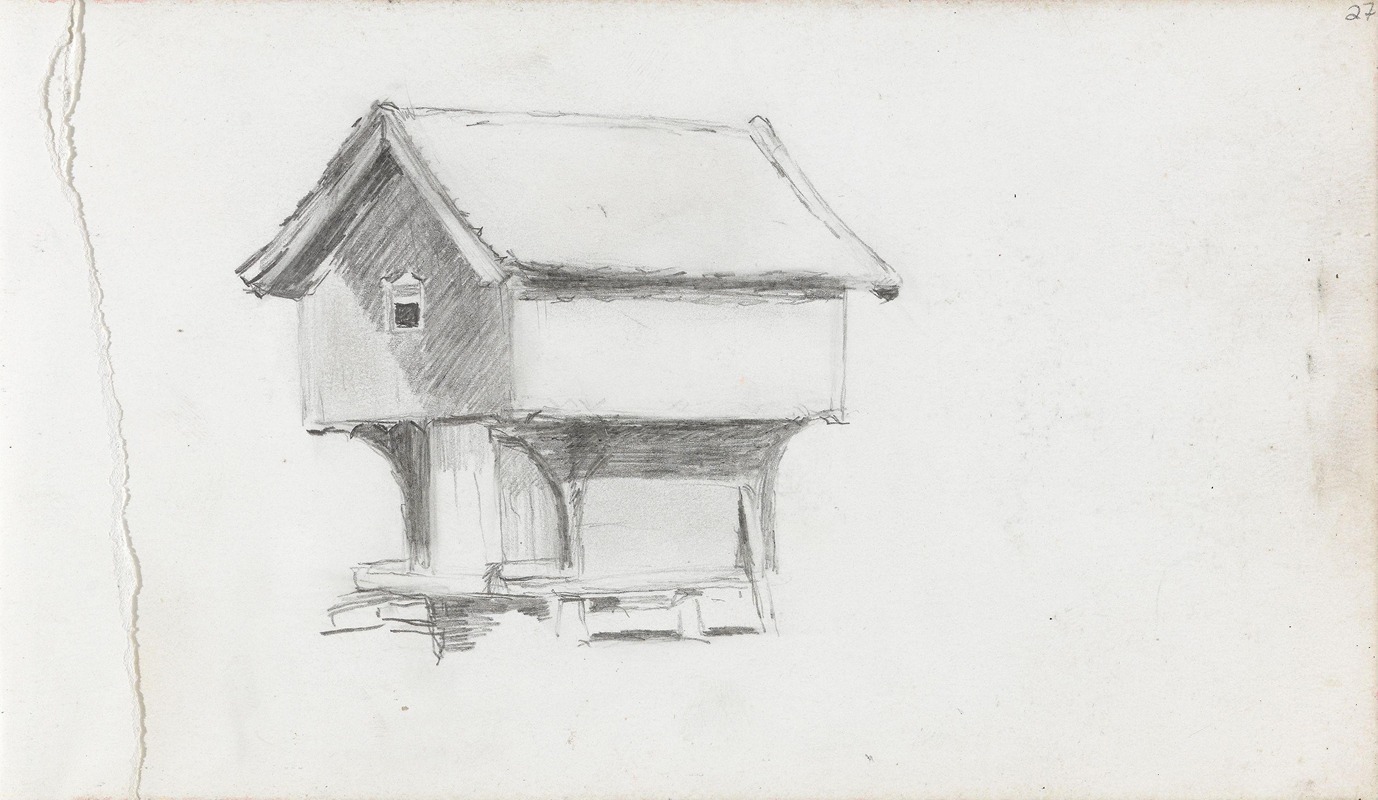
Stabbur
A hand-painted replica of Ludvig Karsten’s masterpiece Stabbur, meticulously crafted by professional artists to capture the true essence of the original. Each piece is created with museum-quality canvas and rare mineral pigments, carefully painted by experienced artists with delicate brushstrokes and rich, layered colors to perfectly recreate the texture of the original artwork. Unlike machine-printed reproductions, this hand-painted version brings the painting to life, infused with the artist’s emotions and skill in every stroke. Whether for personal collection or home decoration, it instantly elevates the artistic atmosphere of any space.
Ludvig Karsten (1876-1926) was a Norwegian painter known for his vibrant use of color and dynamic compositions. One of his notable works is "Stabbur," which translates to "Storehouse" in English. This painting exemplifies Karsten's unique style and his ability to capture the essence of Norwegian rural life.
"Stabbur" was created in the early 20th century, a period when Karsten was heavily influenced by the French Impressionists and Post-Impressionists. His exposure to these movements is evident in his use of bold colors and loose brushwork. The painting depicts a traditional Norwegian stabbur, a type of storehouse commonly found on farms in Norway. These structures were used to store food and other goods, keeping them safe from animals and the elements.
In "Stabbur," Karsten employs a vivid palette to bring the scene to life. The storehouse is painted in bright, contrasting colors that highlight its architectural features. The surrounding landscape is rendered with equal vibrancy, showcasing Karsten's skill in capturing the natural beauty of the Norwegian countryside. The use of light and shadow in the painting adds depth and dimension, creating a sense of realism while maintaining an impressionistic quality.
Karsten's choice of subject matter reflects his deep connection to Norwegian culture and heritage. The stabbur is not just a functional building; it is a symbol of rural life and tradition. By focusing on this humble structure, Karsten pays homage to the simplicity and resilience of the Norwegian people. His portrayal of the stabbur is both a celebration of national identity and a testament to his artistic vision.
Throughout his career, Karsten was known for his ability to blend different artistic influences. In "Stabbur," one can see the impact of his studies in Paris, where he was exposed to the works of artists like Paul Cézanne and Henri Matisse. Karsten's use of color and form in this painting demonstrates his mastery of these techniques, while also showcasing his unique interpretation of the Norwegian landscape.
"Stabbur" is a significant work in Karsten's oeuvre, representing a fusion of international artistic trends and local traditions. It stands as a testament to his skill as a painter and his dedication to capturing the spirit of Norway. Today, Ludvig Karsten is remembered as one of Norway's most important artists, and "Stabbur" remains a cherished example of his contribution to the world of art.





